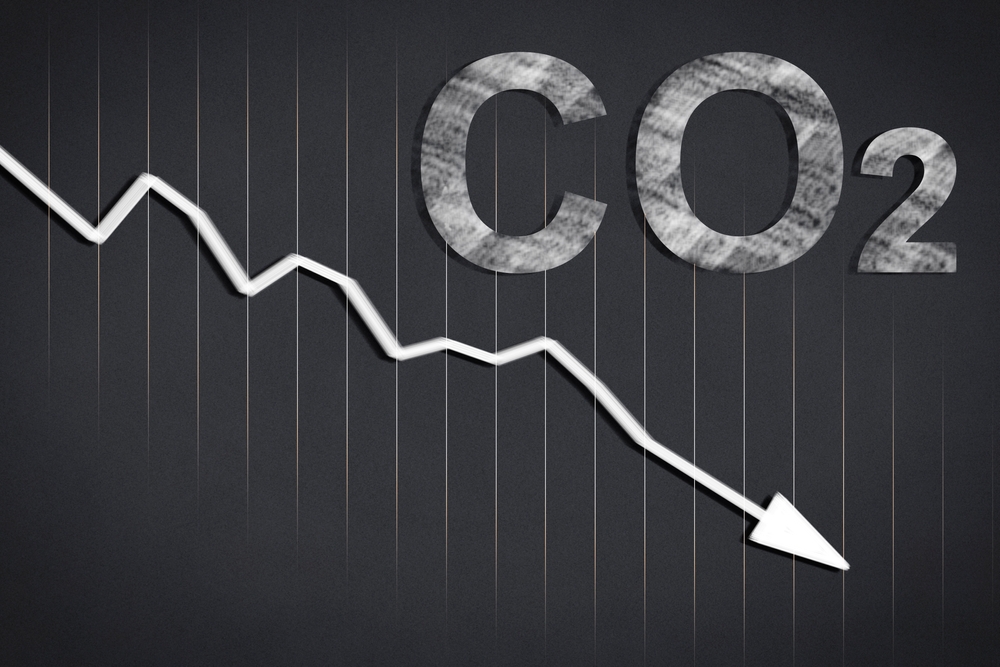Energy Efficiency, GHG Emissions, Industrial - February 29, 2024
Covestro Sets Scope 3 Emissions Goals
Covestro, a manufacturer of polymer materials and their components, published its climate neutrality targets for Scope 3 emissions.
The company plans to reduce GHG by 10 million metric tons by 2035. This corresponds to a decline in emissions of 30% compared to the base year 2021 with some growth-related emissions through 2035 included in the calculation.
The company’s Scope 3 emissions include all other GHG produced in the upstream and downstream supply chains and consist of 80% of the company's total GHG emissions. Raw materials purchased by Covestro are responsible for the greatest share of Scope 3 emissions.
To reach net zero emissions, Covestro expects to make targeted investments amounting to several hundred million euros over the next 10 years.
"Our Scope 3 targets are both ambitious and realistic supported with a concrete implementation plan. This is an essential building block of our climate strategy. Completing our climate neutrality targets is another major milestone in aligning all of our activities with our vision of becoming fully circular. In this way, we are demonstrating once again that we take a leading role in transforming the chemical industry," says Dr. Markus Steilemann, CEO of Covestro, in a statement.
Covestro is concentrating on four Scope 3 categories in the short to medium term that consist of 21.3 million tons of GHG annually as of 2021 and allow the company to lower Scope 3 emissions by 10 million metric tons by 2035.
The company's plan includes four levers, the first lever requiring suppliers to reduce their Scope 1 and 2 emissions. Covestro executed a long-term supplier agreement for chemically recycled raw materials with Encina in January. Other short-term changes under the first lever include electrification, improving efficiency, and carbon capture and storage (CCS) in supplier production processes.
The second lever is the profitable sale of products made from alternative raw materials, while the third lever to lower emissions are the company's MAKE projects, which are investment projects in which Covestro manufactures alternative raw materials with a smaller carbon footprint. These projects include manufacturing bio-based aniline or using proprietary recycling technologies to make it possible to use recycled raw materials.
The fourth lever encompasses a large number of factors that lower emissions, such as increasing recycling rates to reduce emissions from waste incineration and changes to logistics and primary energy extraction.
Read These Related Articles:
Stay Up-To-Date












